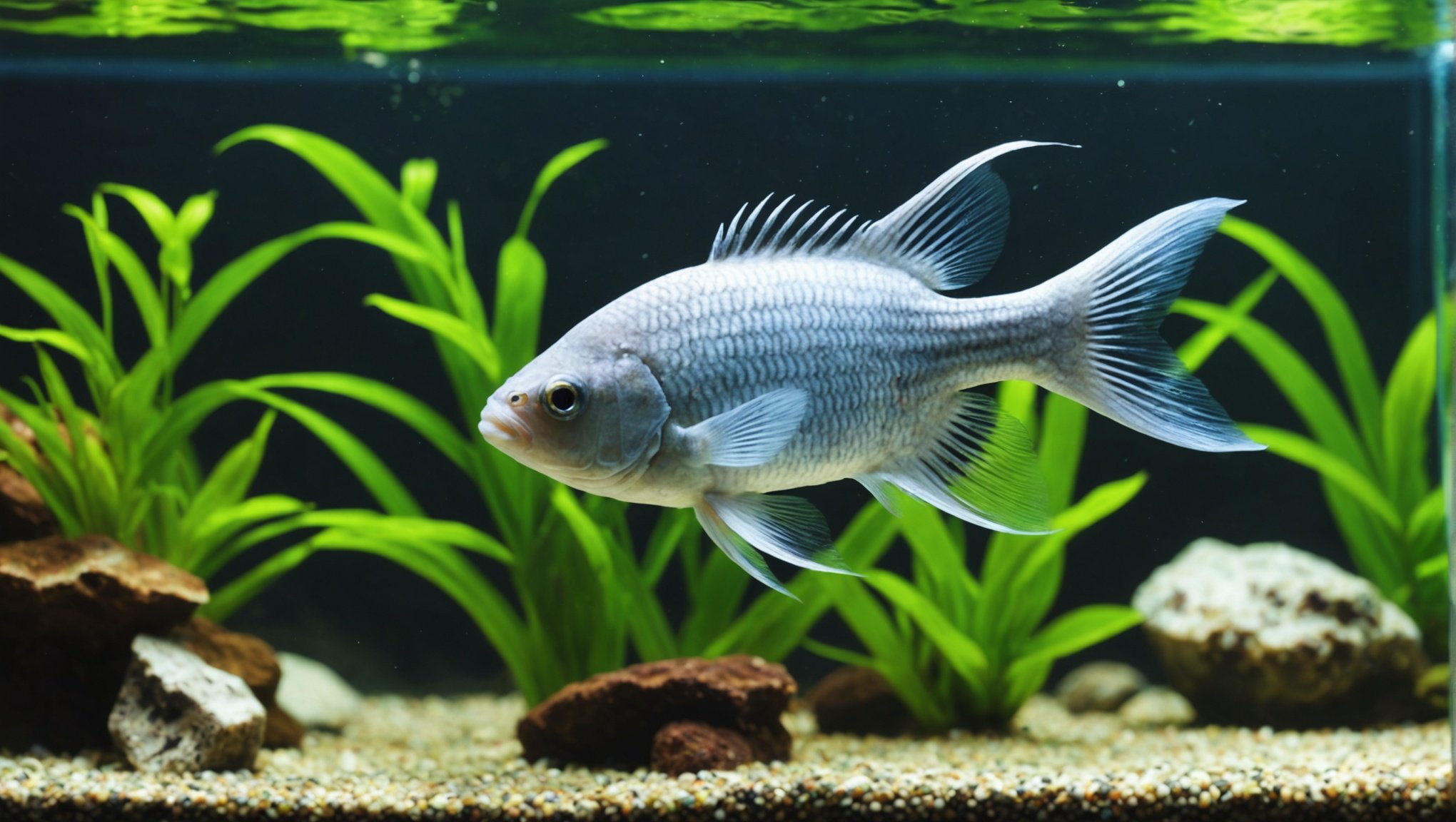Importance of Water Quality Management
Water quality is crucial for successful aquarium maintenance and ensuring fish health. Understanding the ideal water parameters is essential for maintaining a balanced aquatic environment. Freshwater fish require specific conditions, such as appropriate pH levels, hardness, and temperature, which vary based on species. Regularly testing these factors helps prevent harmful fluctuations.
Routine maintenance is vital to sustain optimal water quality. It includes frequent water changes, using effective filtration systems, and cleaning debris. Automated water test kits simplify monitoring, providing quick and accurate readings of pH, ammonia, nitrite, and nitrate levels.
In the same genre : Essential Tips for Creating a Spacious Home for Your Growing Maine Coon Kitten
Common issues like high ammonia or nitrite levels can be detrimental to fish health. These problems often arise due to overfeeding, insufficient filtration, or irregular cleaning. Ammonia, produced from fish waste and uneaten food, can lead to toxicity. Nitrite conversion by bacteria, while necessary, requires close supervision to avoid harming your aquatic friends.
Ensuring high water quality promotes robust fish health, preventing stress and disease. By implementing stringent testing and maintenance strategies, enthusiasts can create a thriving aquatic environment, benefiting fish well-being and enhancing the aquarium’s aesthetic appeal. Prioritise water quality for a vibrant, healthy aquarium ecosystem.
Also to discover : Expert Tips for Gently Trimming Your Nervous Guinea Pig”s Claws
Setting Up Your Aquarium for Success
Embarking on the journey of an aquarium setup begins with understanding the importance of the tank cycling process. This step is crucial as it establishes beneficial bacteria necessary to convert harmful ammonia into nitrates, ensuring the well-being of future aquatic inhabitants. Begin by adding a few hardy fish or using an ammonia solution, and let the tank cycle over a period of 4-6 weeks, testing water regularly to track changes.
When considering the design, choose the right substrate based on the needs of your fish and plants. Sand, gravel, and plant-specific substrates each have unique benefits. Incorporating live, low-maintenance plants like Java moss or anubias not only enhances the aquatic environment aesthetically but also contributes to biological filtration. Decorate cautiously, ensuring that all decorations are non-toxic and smooth-edged to avoid harming fish.
Key to maintaining a stable environment is investing in essential equipment such as a reliable filtration system, a heater for tropical species, and adequate lighting. A water testing kit and a siphon for regular water changes are also necessary. Ensuring these elements are in place will help create a thriving aquatic habitat.
Feeding Your Freshwater Fish
Meeting the nutritional needs of your freshwater fish is crucial for their overall well-being. Different species require specific diet types, making it essential to choose the right food. A varied diet including pellets, flakes, and live foods, such as brine shrimp, is generally suitable for most species. For herbivorous fish, incorporating algae wafers and plant-based options is vital. Meanwhile, carnivorous fish may benefit from insect larvae or small crustaceans.
Feeding frequency and portion control are important considerations to avoid health issues. Most adult fish thrive on one to two meals per day, while younger fish may require more frequent feedings due to their higher energy demands. Providing them with only as much food as they can consume within two to three minutes is ideal. Uneaten food can pollute the tank, leading to water quality issues.
Recognising the signs of overfeeding is important. These include uneaten food floating in the tank, cloudy water, and sluggish fish behaviour. Overfeeding can cause serious health issues, such as obesity and digestive problems, and negatively impact the aquarium environment. By adhering to appropriate feeding practices, you ensure your fish remain healthy and their tank stays clean.
Temperature Regulation in Your Aquarium
Maintaining a stable temperature is crucial for the health of your fish, as fluctuations can cause stress and illness. Each species requires specific environmental conditions, so it’s vital to research your particular fish temperature preferences.
Heater settings play a pivotal role in this process. Choosing the right aquarium heater is essential. Consider options such as submersible heaters, which are ideal for even heat distribution, or inline heaters for large systems. Placement is key to ensuring optimal thermal stability. Position the heater near a water filter for an even spread of heat throughout the tank.
Monitoring your aquarium’s temperature regularly is necessary. A digital thermometer provides precise readings and quick assessments of your thermal stability. Adjust the heater settings if any fluctuations are detected to maintain a consistent temperature. It’s recommended to keep an eye on the heater’s thermostat for accuracy and efficiency.
By understanding your fish’s specific needs and employing the right strategies, you’ll create a harmonious aquatic environment focused on stability. This not only nurtures a healthy, stress-free habitat but also ensures a thriving ecosystem in your aquarium.
Tank Mates Compatibility
Understanding fish compatibility is crucial when setting up community tanks. Different species have varying temperaments and size considerations that affect their potential harmony. To establish a peaceful aquarium, consider several key factors.
First, assess the temperament of potential tank mates. Some fish are naturally peaceful, while others may exhibit more aggression or territorial behaviour. Research each species’ typical behaviour and choose those that are known to be more docile when combined.
Next, account for size compatibility. Larger fish might prey on smaller ones if given the opportunity, so maintaining similar size ranges can prevent unnecessary conflict. Also, be mindful of adult sizes since young fish can grow significantly.
Diet is another crucial factor; ensure all tank inhabitants have similar dietary requirements to simplify feeding routines and prevent competition for food.
To address possible aggression, observe your tank carefully. If a particular species shows repeated aggressive behaviour, consider adding plants or decorations to break up sightlines and create territories. Adjust the stocking balance, removing particularly problematic fish if necessary.
Creating a thriving environment involves maintaining balance in terms of temperament, size, and dietary needs to ensure everyone peacefully coexists.
Disease Prevention and Treatment
In the intricate world of aquariums, fish diseases pose a significant challenge. Among freshwater fish, some common diseases include ich, fin rot, and swim bladder disorder. Ich presents as white spots on fish, indicating a parasitic infection, while fin rot leads to fraying and discoloration of the fins. Swim bladder disorder results in abnormal swimming patterns. Identifying these symptoms early ensures that fish receive appropriate care.
Preventative care is vital in maintaining a healthy aquarium environment. Regular water changes and proper filtration are fundamental practices. Ensuring that fish are not overcrowded also minimizes stress and potential disease outbreaks. Introducing new fish should be done through quarantine, reducing the risk of spreading pathogens.
When treatment becomes necessary, addressing fish diseases promptly is crucial to protect other tank inhabitants. Over-the-counter treatments like anti-parasitic and antibacterial medications can be effective. However, accurately diagnosing the ailment before proceeding with any treatment options is essential. In cases of severe illness, or when home remedies prove ineffective, consulting a professional ichthyologist or veterinarian specialised in aquarium life is advisable. Such expertise ensures that the correct treatment path is followed, safeguarding the aquatic ecosystem.













